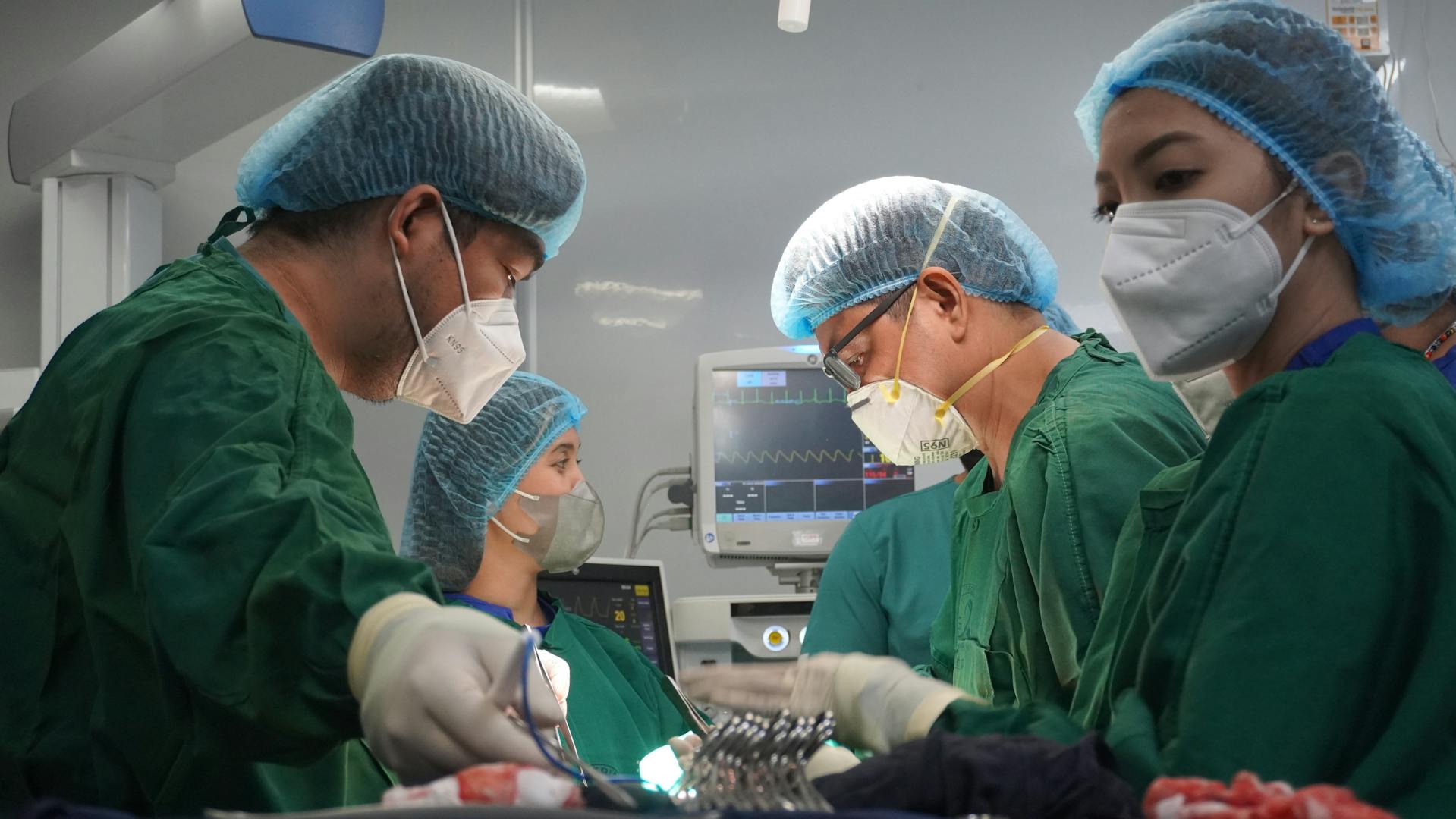SINGAPORE: Since introducing robotic-assisted technology for spinal surgeries in 2021, Tan Tock Seng Hospital has successfully performed over 120 procedures, marking a significant advancement in medical technology and patient care.
The hospital has highlighted several benefits of this technology over traditional surgery. Robotic-assisted procedures are more precise, resulting in smaller incisions.
The smallest incision made using this technology measures just one to two centimetres. Additionally, the minimally invasive nature of these surgeries reduces hospital stays and speeds up patient recovery times.
Elderly beneficiaries of this advanced surgical technique have reported quick recovery times, sharing that they could return to their daily routine and go for extended walks quite soon after the robot-assisted procedures.
The necessity for spinal surgery often arises from compressed spinal nerves. Traditional open surgeries involve large incisions and rely on manual estimation for screw placement, increasing the risk of misalignment.
In contrast, robotic-assisted surgeries use 3D imaging and real-time navigation systems, allowing surgeons to plan and execute procedures more accurately.
The robotic arm precisely positions screws, significantly reducing the risk of displacement.
This technological advancement has increased the number of elderly patients, particularly those aged 70 and above, opting for surgery by 19 per cent.
The reduced invasiveness and shorter recovery times have alleviated many fears associated with traditional surgeries.
Typically, patients undergoing traditional surgery require a hospital stay of about a week. However, those who choose minimally invasive, robot-assisted procedures often leave the hospital within four to five days.
The risk of screw displacement with robotic-assisted surgery is less than 1%, a stark improvement over the 1% to 5% risk associated with traditional methods.
Consequently, the likelihood of patients needing additional surgeries due to complications is significantly lower.
Although robotic surgeries cost approximately 5% to 10% higher than traditional ones, the overall medical expenses may be lower due to shorter hospitalization and fewer subsequent procedures.
One patient, 85-year-old Ng Beng Piau, underwent the surgery in April this year. Suffering from severe leg and waist pain since the previous year, he found the pain unbearable by November.
Post-surgery, Mr Ng reported a small wound and an excellent recovery, allowing him to move freely again.
Tan Tock Seng Hospital pioneered this robotic technology, and now, other institutions, such as the National University Hospital and Changi General Hospital, have also started utilizing it.
This widespread adoption marks a new era in spinal surgery, promising enhanced precision, safety, and faster patient recovery. /TISG

